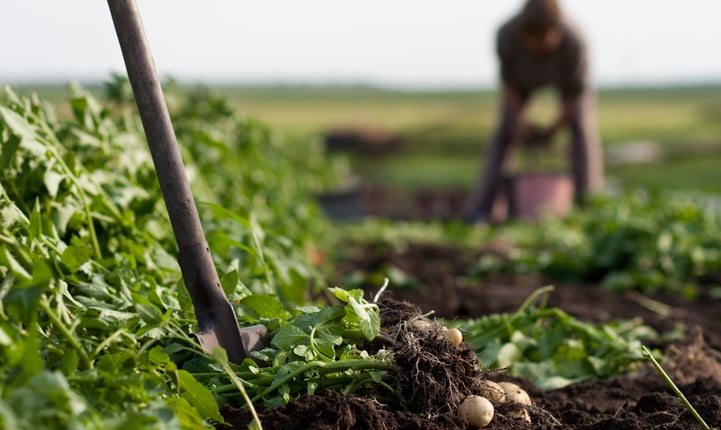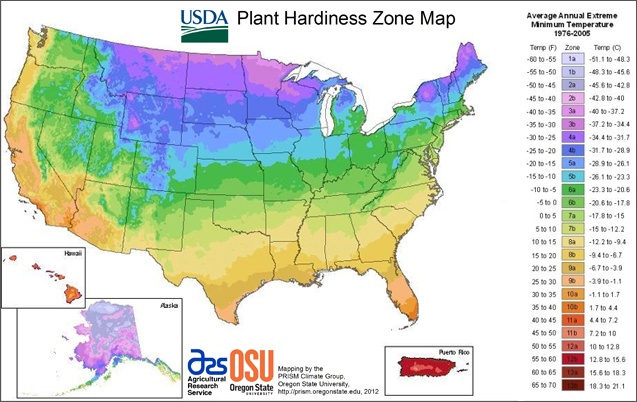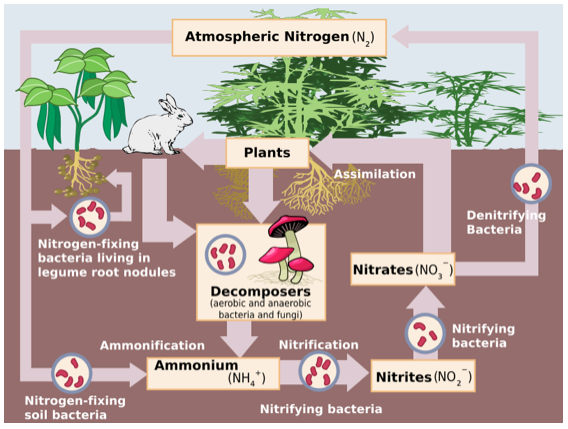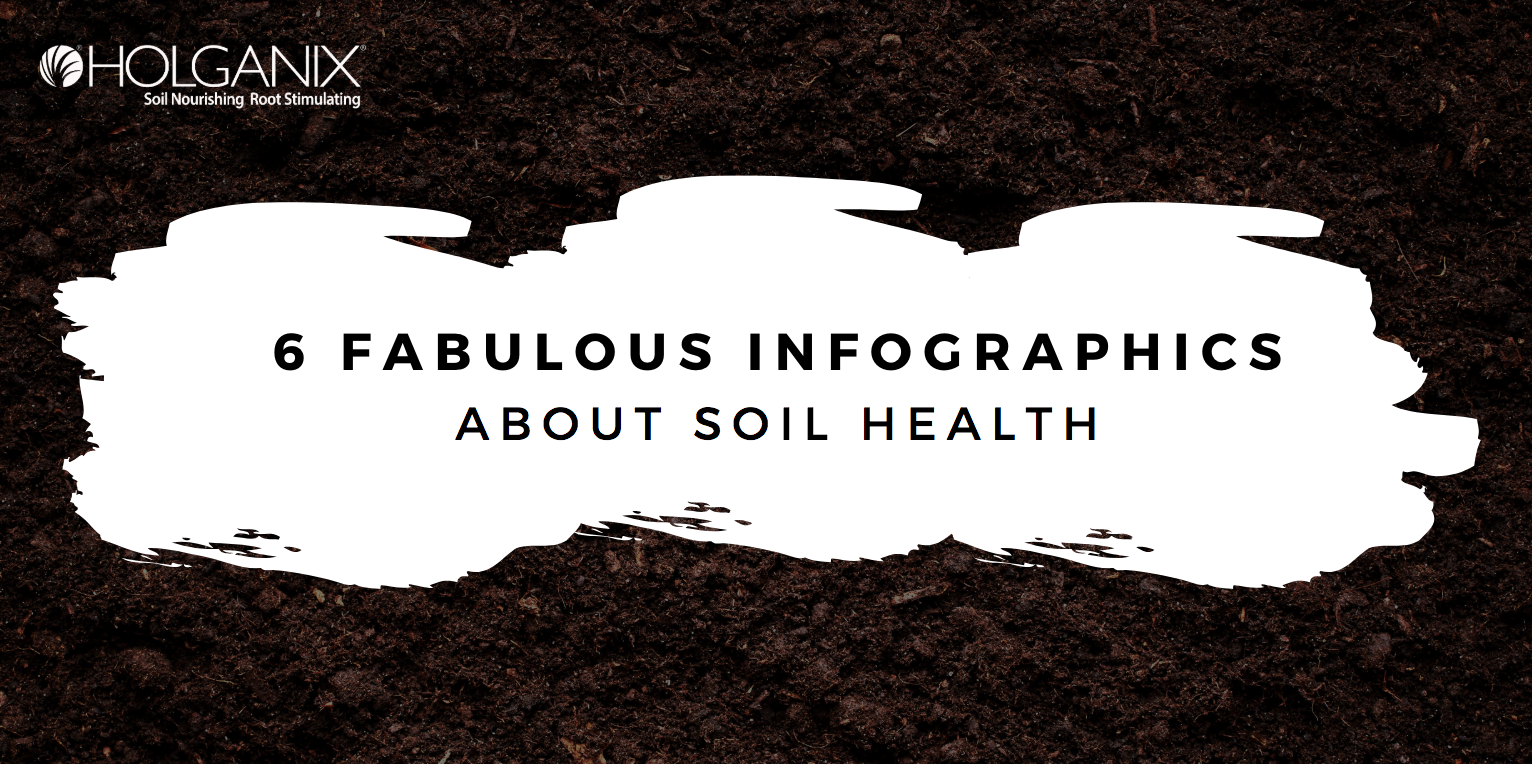
Soil is teeming with life.
In a single teaspoon of garden soil, there are “one billion bacteria, several yards of fungal filaments, several thousand protozoa and scores of nematodes,” according to Kathy Merrifield, a retired nematologist at Oregon State University.
These soil microbes go to work to convert nutrients for plant food, protect plants from pathogens and stress and enhance plant growth and resilience.
While a large portion of soil microbes remain consistent regardless of the USDA Plant Zone you reside in, the importance of one species over another matters depending on your zone.

The USDA Plant Zone map demonstrates which plants will thrive at which locations. Conversely, certain plants are better suited for certain species of microorganisms. That means the Plant Zone map doesn’t just guide you when purchasing a plant but it can also guide you when shopping for microbial products.
Not only do certain plants prefer a marriage with certain soil microbes, but also the organic matter may differ or non-indigenous microbe species may not thrive among native species already in the local soil ecosystem.
Therefore, to optimize plant results, it’s important to understand where your soil microbes come from. Is your microbial product from your Plant Zone?
Holganix Bio 800+ product is based from 11 different climate zones
Holganix Bio 800+ products (the refrigerated products) contain over 296 genera and over 800 species of microorganisms. The majority of the microbes are sourced from patented green compost extract from 11 different climate zones across the United States, meaning each product is designed uniquely for your region.
What’s in a jug of Bio 800+?
Want to dig deeper into the science behind our Bio 800+ ingredients? Download our key ingredient list by clicking on the below link.

 |
June 28, 2017
|
7:00 PM
|
June 28, 2017
|
7:00 PM






.jpg)
-4.jpg)
-2.jpg)
-1.jpg)
-1.jpg)
-1.jpg)
.webp)
-1%20(1).webp)
-831535-2.webp)





.png)